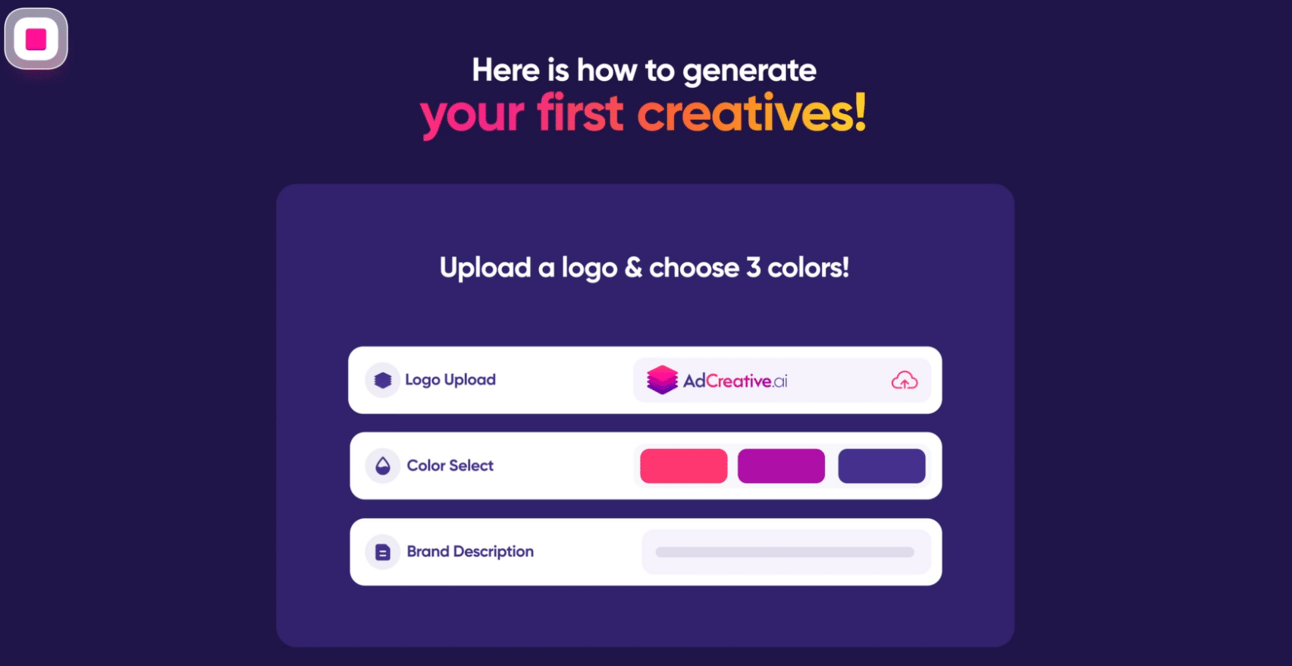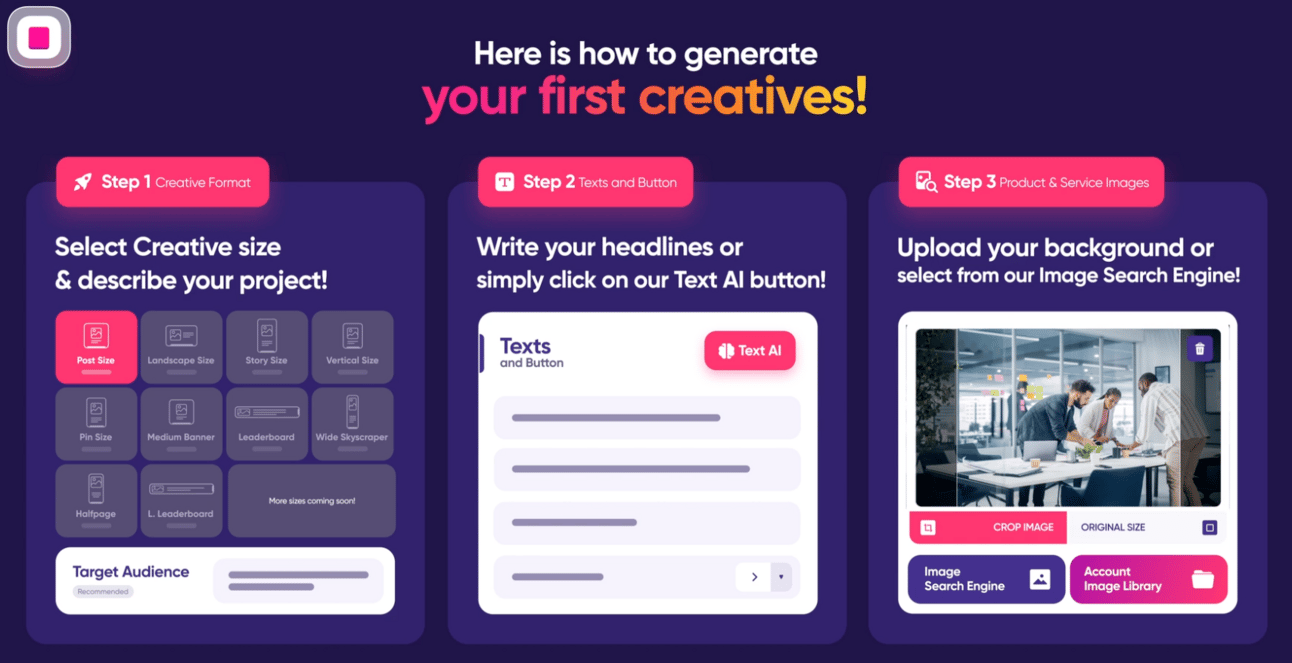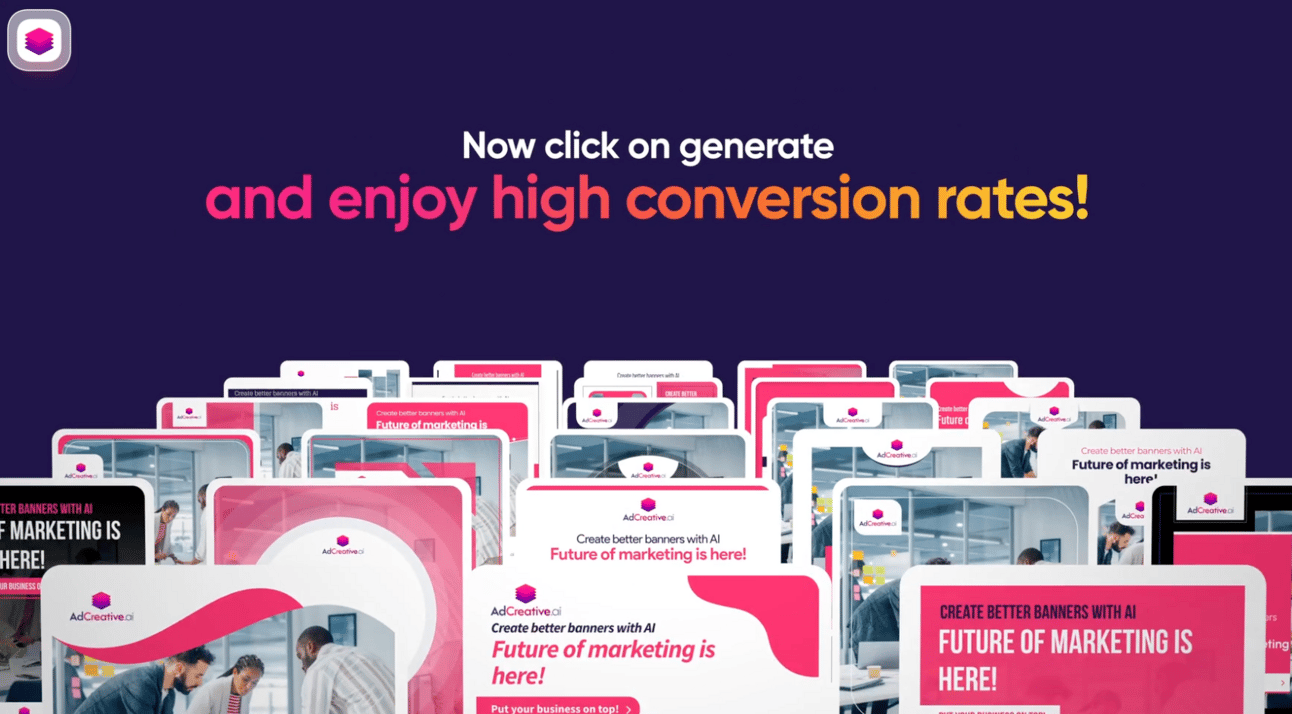- The Intelligence
- Posts
- 🤡 Google Fooled us 🃏 Week 50
🤡 Google Fooled us 🃏 Week 50

Google Fooled Us… 🤡
Hello, happy Monday!
The end of the year is coming, did you achieve what you wanted this year? In this weeks newsletter we have some new big updates, so let’s dive in.
Table of contents
💡 A prompting tip💡
A US government backed GPT about to take over? 👁️
The new Google Gemini AI-model isn’t what it looks like 🤡
🦹♂️ The AI avengers just assembled 🦸♀️
Create your ad creatives with AI 🎨
OpenAI CEO has another startup?
✨ How to improve your ChatGPT output [Part 2]✨
In another edition of the 5-minute-AI-newsletter we discussed the structure of a good prompt. Something you can add to your prompt if the output is still not what you want, is: “Let’s think step-by-step”. In your follow-up prompt you add “Therefore the answer is”. We call this ‘chain-of-thought’ or ‘CoT’ for short.
Sometimes these two steps don’t get you the outcome you want. To fix this, you can add a “shot” or a few to your prompt. A “shot” is a example. Another thing you can add is an answer-cleaning step to the generated answer. You do this by adding format or task specific rules.

No CoT

With advanced CoT
Updates
ScienceGPT: A Trillion-Parameter AI Powered backed by the US government
Scientists at Argonne National Lab are developing 'ScienceGPT', a one-trillion-parameter AI, using the Aurora supercomputer. This AI, backed by the US government and powered by Intel's Ponte Vecchio GPUs, is a significant step in large language models (LLMs). Although smaller than OpenAI's GPT-4, ScienceGPT is set to revolutionize scientific research with its ability to process vast amounts of scientific data and texts. Currently in training on a fraction of Aurora's capacity, this model promises to enhance research capabilities significantly. Aurora, ranking second on the Top500 supercomputer list, boasts 60,000 Intel GPUs and is poised to surpass Frontier in performance once fully operational.
The new Google Gemini model isn’t what it looks like
Google's new Gemini AI model, sounds promising right? Turns out the most impressive demo of Gemini was faked, causing a mixed reception and raising concerns about the company's tech and integrity. The video, titled "Hands-on with Gemini: Interacting with multimodal AI," showcased interactions with the Gemini model, but it was later disclosed that the interactions were not real. The demo was created using carefully tuned text prompts with still images, misrepresenting the actual mode of interaction with the model. This revelation has led to a loss of trust in Google's claims about the capabilities of its AI model.
The model is described as the most capable and general model built by Google, with state-of-the-art performance across various benchmarks. It is a multimodal model, meaning it can understand and combine different types of information, including text, code, audio, image, and video. Gemini is also flexible, able to run on everything from data centers to mobile devices. The model has been rigorously tested and evaluated on a wide variety of tasks, demonstrating its advanced capabilities in natural image, audio, and video understanding, as well as mathematical reasoning.
Not cool Google, how are we supposed to trust you now?
IBM and Meta Launch AI Alliance with Over 50 Global Members
IBM and Meta have co-launched the AI Alliance, a collaborative effort with over 50 founding members, including AMD, CERN, Intel, NASA, and universities like Yale and Tokyo, to promote open AI innovation. This alliance aims to advance AI research responsibly, focusing on safety, diversity, and economic competitiveness. It will develop benchmarks, tools, and resources for responsible AI development, support the ecosystem of open foundation models, and foster AI hardware acceleration. The AI Alliance also plans to engage in global AI skills building and exploratory research, and develop educational content to inform public discourse on AI. This initiative represents a significant step in ensuring open innovation in AI benefits everyone and is built responsibly, bringing together a diverse range of institutions to shape AI's evolution.
🛠️ Tool of the week 🗓️
This tool allows you to generate 100’s of ad creatives for your marketing campaign in a few clicks. It is like ChatGPT and Canva had a baby that grew up to be an ad creative specialist you can use 24/7.
They claim that conversion can go up by a 14x multiple and CTR (percentage of people that click your ad) can go up to 95%. Here is the AdCreative.ai workflow:

Step 1

Step 2

Step 3
More updates
Sam Altman is everywhere when it comes to AI
Sam Altman, the CEO of OpenAI, was reinstated after being fired. During his tenure, OpenAI signed a letter of intent to spend $51 million on AI chips from a startup called Rain AI, in which Altman has also personally invested. Rain AI is working on a neuromorphic processing unit (NPU) designed to replicate features of the human brain. The letter of intent, signed in 2019, has not been previously reported. However, OpenAI has stated that it has not moved forward with Rain and is open to future discussions. The deal with Rain illustrates how Altman's personal investments can intersect with his duties as OpenAI CEO.
The startup has faced challenges, including a forced removal of a Saudi Arabia–affiliated fund, which could potentially delay the delivery of the chips to OpenAI. Rain's chips are based on the RISC-V open source architecture and are aimed at edge devices, with the potential to provide both training and inference capabilities. The company has claimed to have held advanced talks with tech giants such as Google, Oracle, Meta, Microsoft, and Amazon. The article also discusses the concerns raised by the Committee on Foreign Investment in the United States (CFIUS) regarding the Saudi investment in Rain, highlighting the government's focus on safeguarding US national security.
Altman has expressed the need for OpenAI to secure its own hardware, potentially through partnerships with deep-pocketed backers or by developing its own chips.